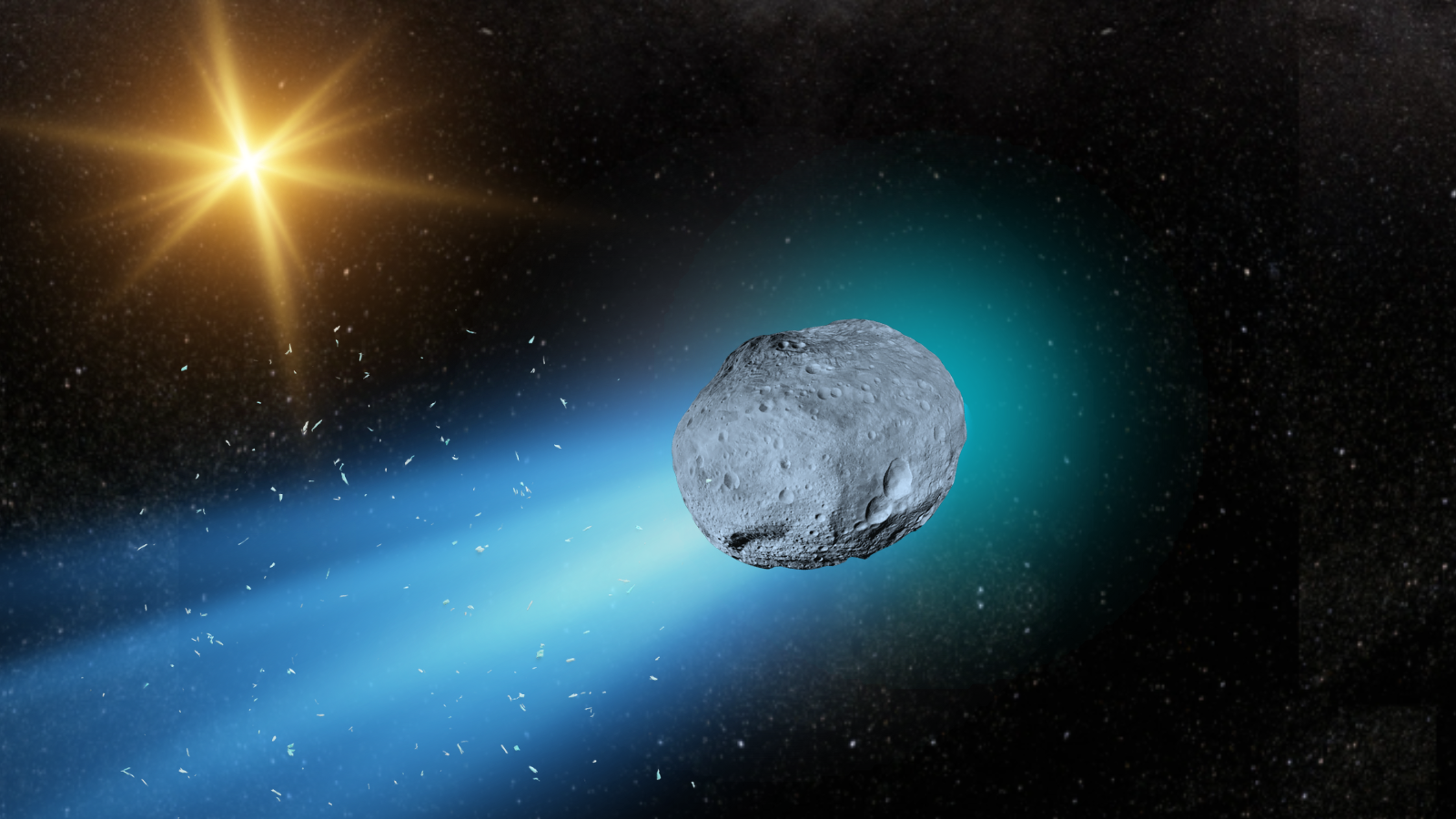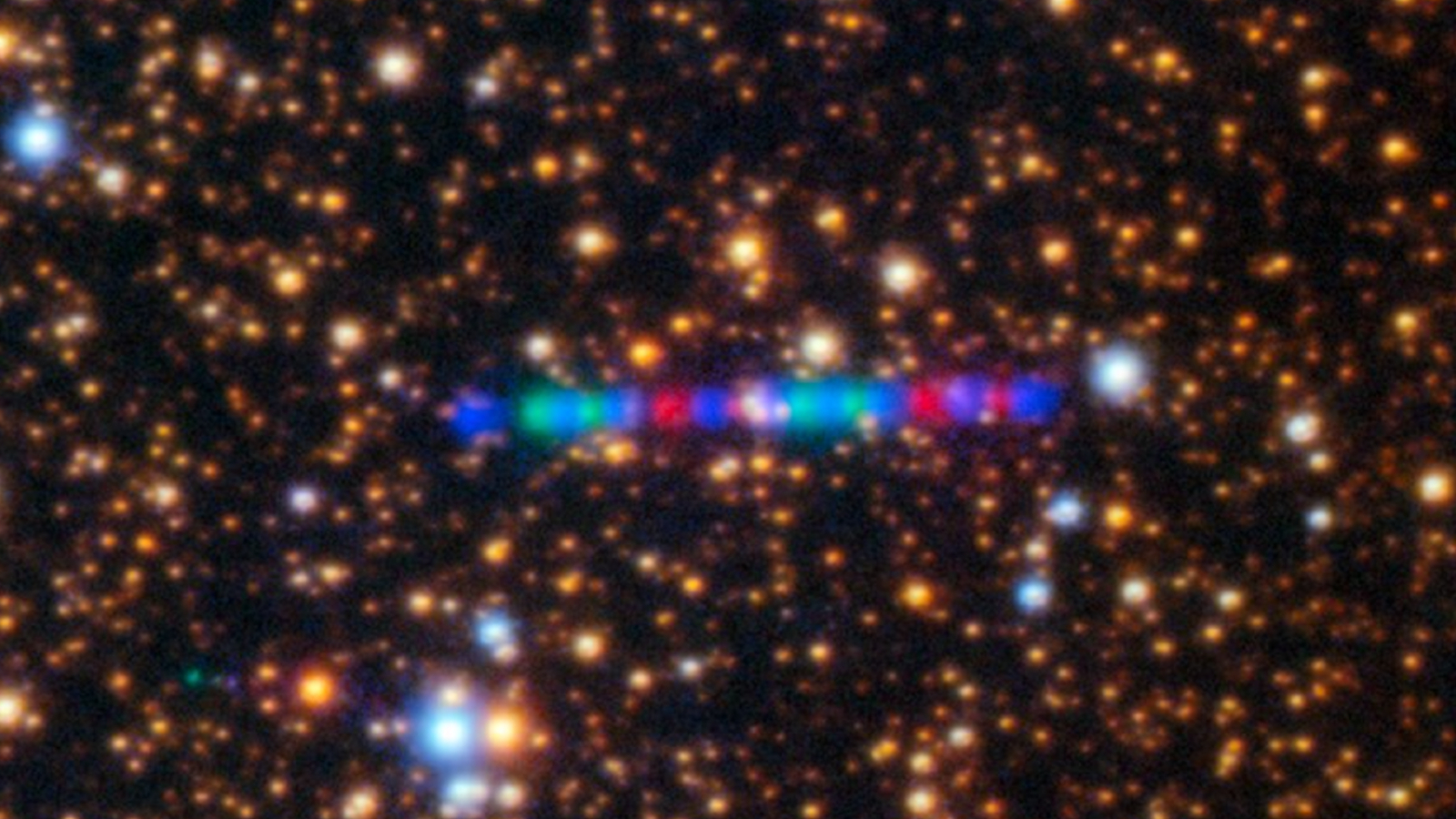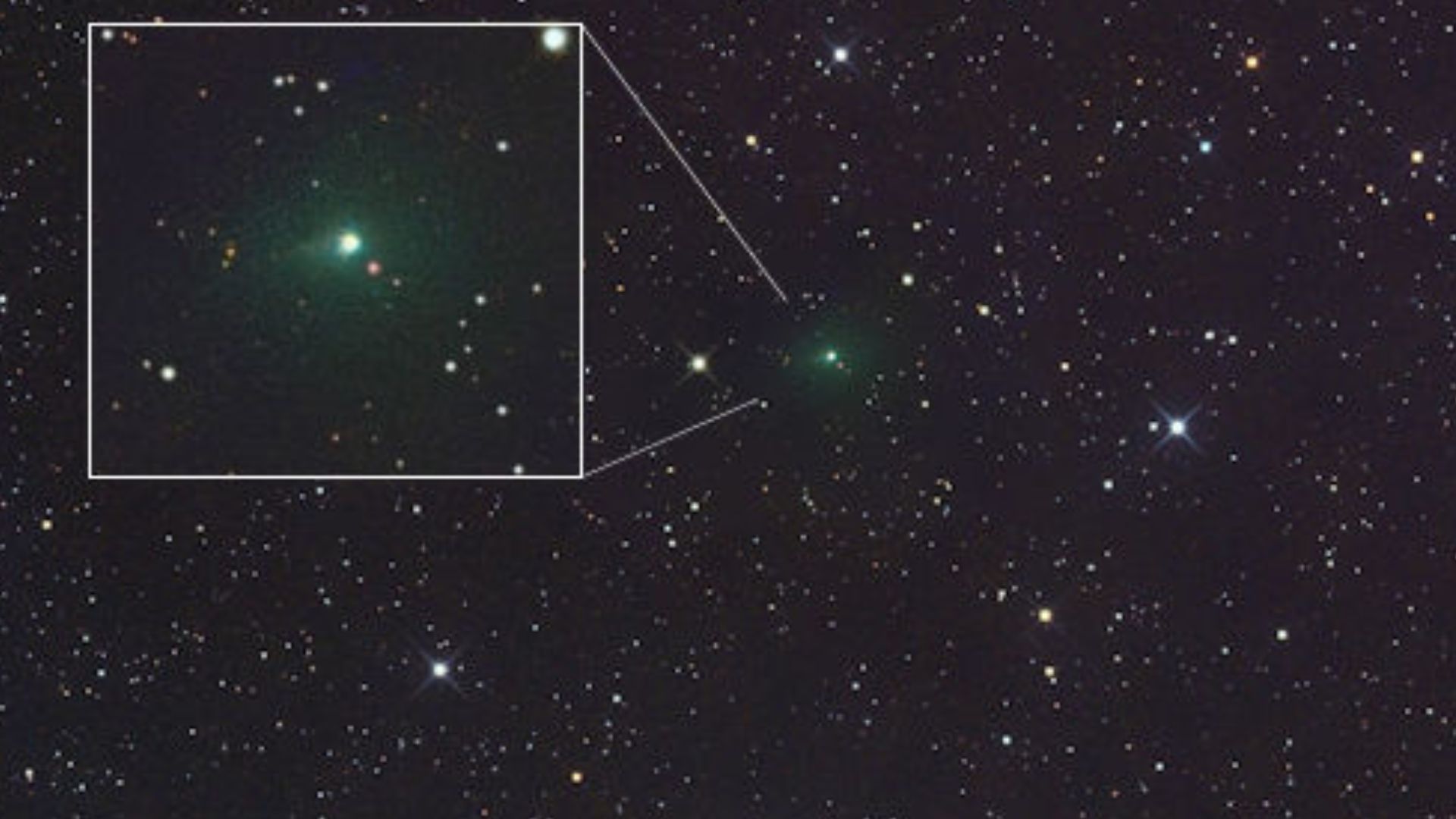The interstellar comet known as 3I/ATLAS has captured the imagination of astronomers and space enthusiasts alike since its discovery in July 2025. As the third confirmed interstellar object to visit our solar system—following 1I/’Oumuamua in 2017 and 2I/Borisov in 2019—this cosmic wanderer offers a rare glimpse into the materials and processes from beyond our stellar neighborhood. Designated C/2025 N1 (ATLAS) or A11pl3Z, it was first spotted by the Asteroid Terrestrial-impact Last Alert System (ATLAS) telescope in Chile. With a hyperbolic orbit indicating an origin outside our solar system, 3I/ATLAS has been under intense scrutiny, especially as it approached and passed its perihelion on October 30, 2025. The 3i/atlas update today brings fresh insights from NASA’s live event, revealing new images and data that highlight its evolving behavior.
In the latest 3i/atlas update today, NASA hosted a media teleconference at 3 p.m. EST on November 19, 2025, sharing imagery collected from multiple missions, including ground-based telescopes and spacecraft like those orbiting Mars. This event marked a significant milestone, as the comet had been temporarily obscured behind the Sun from Earth’s perspective, making observations challenging. Post-perihelion images show 3I/ATLAS displaying a complex multi-jet structure, with at least seven distinct jets emanating from its nucleus, some curiously pointing sunward in an “anti-tail” formation. These jets suggest active outgassing, where solar heating causes ices to sublimate, releasing gas and dust. Unlike typical solar system comets, however, 3I/ATLAS exhibits unusually high levels of carbon dioxide—8 to 16 times more than average—along with traces of nickel vapor, cyanide, and hydroxyl gas, hinting at ancient, radiation-altered ices from another star system.
One of the key highlights from this 3i/atlas update today is the refinement of the comet’s trajectory. Data from NASA’s Mars orbiters, which got ten times closer to 3I/ATLAS than Earth-based instruments, narrowed down its path by a factor of ten. This improved precision surprised scientists, as the comet’s hyperbolic excess velocity is among the highest ever recorded, confirming its interstellar origins from the direction of Sagittarius. The nucleus is estimated to be between 320 meters and 5.6 kilometers across, based on Hubble Space Telescope observations. Brightness measurements indicate minor oscillations, possibly due to tumbling, but no fragmentation or major disruptions have been detected, despite speculation about its stability during the close solar approach.
Spectroscopic analysis continues to puzzle researchers. The comet’s spectrum lacks strong signatures of common cometary gases like cyanide or diatomic carbon, remaining “unusually clean” even post-perihelion. This absence suggests a compact surface layer insulating deeper volatiles or a composition hardened by millions of years of cosmic radiation. Harvard astronomer Avi Loeb has speculated that such anomalies could indicate something more exotic, like unfamiliar interstellar ice or even alien technology, though he emphasizes the need for more data. In contrast to 2I/Borisov, which showed continuous outgassing, or ‘Oumuamua’s inert nature, 3I/ATLAS occupies a middle ground: active yet subdued, with a faint luminous halo in long-exposure images that might be minimal dust release or an observational artifact.
The 3i/atlas update today also addresses public interest sparked by social media buzz on platforms like X (formerly Twitter). Posts from users and astronomers alike highlight real-time observations, with some capturing the comet passing near galaxies or during lunar eclipses. For instance, astrophotographers have documented its blue-green coma and willowy ion tail, which curves under solar wind influence. Magnitude estimates place it around 10.1 as of November 18, with the object accelerating to about 51.5 km/s while distancing itself from Earth at over 300 million kilometers. Its closest approach to Earth is projected for December 19, 2025, at around 1.33 AU, posing no threat but offering prime viewing opportunities.
Scientific implications are profound. As an interstellar visitor, 3I/ATLAS carries clues about exoplanetary systems, potentially billions of years old. Its high CO₂ content and unusual emissions could reveal new chemistry, while the lack of non-gravitational acceleration rules out hidden propulsion for now. Upcoming observations from the James Webb Space Telescope (JWST) and SPHEREx may provide thermal and compositional details, helping distinguish between natural phenomena and any anomalies. The comet’s broad coma and growing tail, as seen in Gemini Observatory images, indicate increasing activity as it recedes.
In this 3i/atlas update today, experts like those from the SETI Institute note that 3I/ATLAS remains behind the Sun temporarily, but its hyperbolic orbit ensures a one-way trip back to interstellar space. No coronal mass ejections (CMEs) have impacted it recently, though one was forecasted earlier in September. Public livestreams, such as those from the Virtual Telescope Project, have allowed global audiences to witness its passage, fostering widespread engagement.
Overall, the 3i/atlas update today underscores the comet’s role as a scientific treasure. From its discovery to current observations, it challenges our understanding of cometary evolution and interstellar travel. As it fades into the cosmos, the data gathered will inform future studies, potentially reshaping theories on the origins of solar systems.
FAQ
What is 3I/ATLAS? 3I/ATLAS is an interstellar comet discovered in July 2025, originating from outside our solar system. It’s the third such object confirmed, known for its hyperbolic orbit and active outgassing.
When did it reach perihelion? It passed its closest point to the Sun on October 30, 2025, at about 1.36 AU.
Is 3I/ATLAS a threat to Earth? No, its closest approach to Earth is projected for December 19, 2025, at a safe distance of around 1.33 AU (about 200 million kilometers).
Why is it unusual? It shows high CO₂ levels, unusual jets including anti-tails, and a clean spectrum lacking typical cometary gases, suggesting ancient, irradiated composition.
Where can I see live updates? NASA’s website, YouTube, and platforms like the Virtual Telescope Project offer streams and images.



